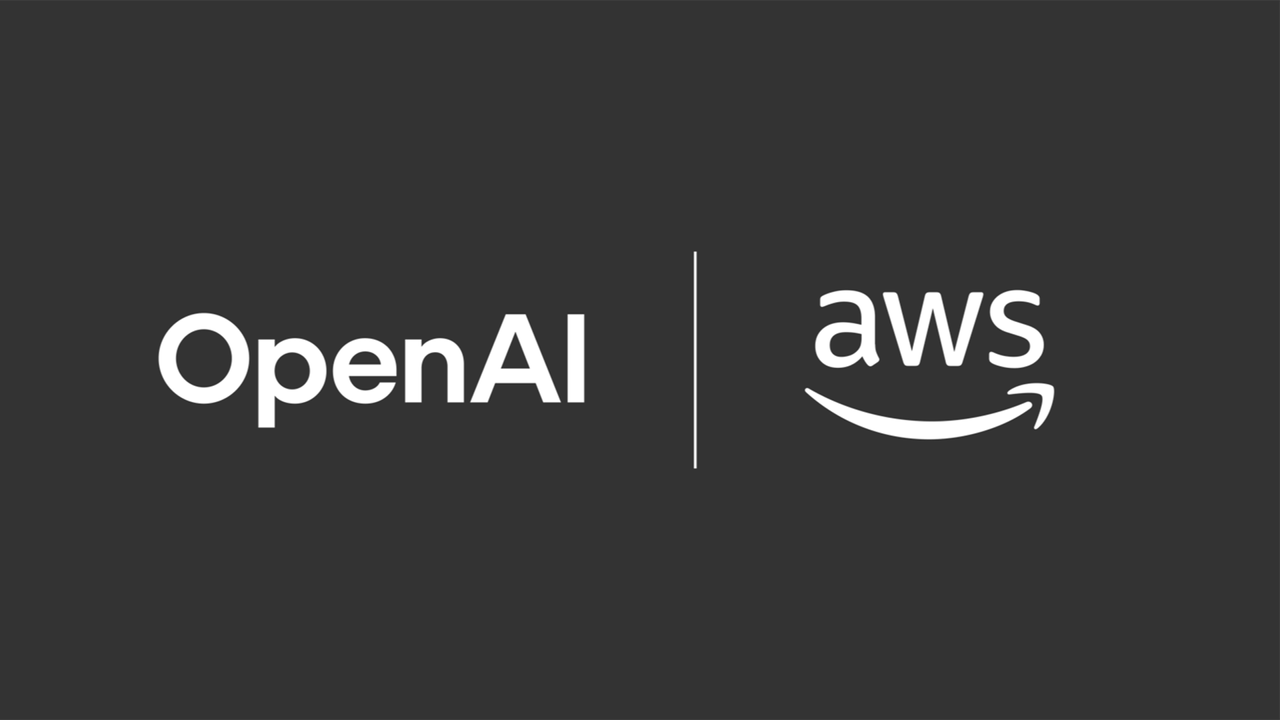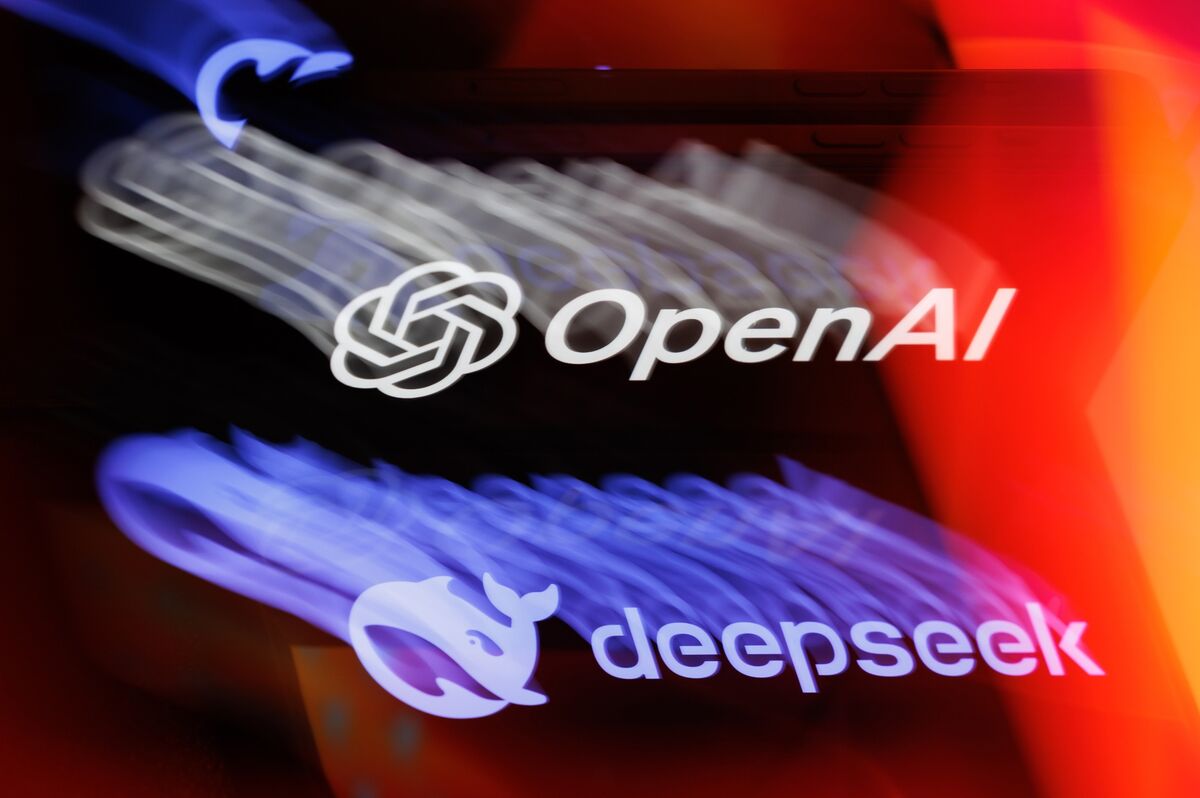Artificial Intelligence & Machine Learning / Open-source AI models
Weekly Artificial Intelligence & Machine Learning / Open-source AI models Insights
Stay ahead with our expertly curated weekly insights on the latest trends, developments, and news in Artificial Intelligence & Machine Learning - Open-source AI models.
Recent Articles
Sort Options:

Open-Sourced AI Models May Be More Costly in the Long Run, Study Finds
Open-source AI models require significantly more computing power than their closed-source counterparts for equivalent tasks, highlighting a key difference in efficiency and resource utilization within the evolving landscape of artificial intelligence technology.

OpenAI has new, smaller open models to take on DeepSeek - and they'll be available on AWS for the first time
OpenAI has launched two open-weight models, gpt-oss-120B and gpt-oss-20B, designed for edge use and available on AWS. These models aim to enhance AI accessibility while competing with existing large language models, despite lacking independent performance evaluations.

OpenAI’s New Open Source Models Are A Very Big Deal: 3 Reasons Why
OpenAI's new open-source model highlights the competitive landscape of AI, particularly between China and the U.S. The article explores the implications for companies navigating the evolving AI technology roadmap, emphasizing the importance of innovation and collaboration in this dynamic field.

How DeepSeek and Open-Source Models Are Shaking Up AI
The rise of generative artificial intelligence has intensified the ongoing debate among tech companies and academics regarding the risks and rewards of open-source software development, highlighting its growing importance in the tech landscape.

OpenAI now offers open AI models, but CIOs need to assess the risk
OpenAI introduces two open models, providing enterprise IT with the opportunity to create customized large language models (LLMs) trained on specific corporate content, enhancing tailored solutions for businesses. This innovation marks a significant advancement in AI technology for enterprises.

Why OpenAI’s Open Source Models Are A Big Deal via @sejournal, @martinibuster
OpenAI's new open-weight models showcase impressive reasoning capabilities, though they come with a tradeoff in hallucinations. The publication highlights the significance of these advancements in the realm of artificial intelligence and their potential impact on future developments.

OpenAI returns to its open-source roots with new open-weight AI models, and it's a big deal
The article explains that models licensed under Apache 2.0 benefit from one of the most permissive open licenses, allowing for broad usage and modification. This fosters innovation and collaboration within the tech community, enhancing accessibility and development opportunities.

OpenAI releases two open-weight AI models, including one that runs well on Apple Silicon Macs
OpenAI has unveiled two new open-weight AI models, gpt-oss-20b and gpt-oss-120b, fulfilling its earlier promise. These models are now available for free download, enhancing accessibility for developers and researchers in the AI community.

OpenAI Open Models
The article discusses the release of open-weight language models, gpt-oss-120b and gpt-oss-20b, highlighting their potential impact on AI development and accessibility. The authors emphasize the importance of these models in advancing natural language processing technology.

OpenAI Releases Open-Weight Models After DeepSeek’s Success
OpenAI is set to launch two open-access AI models designed to replicate human reasoning, following the global spotlight on China's DeepSeek and its innovative AI software. This move marks a significant advancement in the field of artificial intelligence.

OpenAI's first new open-weight LLMs in six years are here
OpenAI has launched its first new open-weight large language models, gpt-oss-120b and gpt-oss-20b, since 2019. These models, available for download, offer flexibility for users while lacking multi-modal input capabilities, marking a significant step in democratizing AI access.

OpenAI has finally released open-weight language models
OpenAI has launched its first open-weight large language models since 2019, available for free download and modification. This move aims to reestablish OpenAI's presence in the open model landscape amid rising competition from Chinese models and Meta's shift towards closed releases.

Deep Cogito v2: Open-source AI that hones its reasoning skills
Deep Cogito has launched Cogito v2, a groundbreaking open-source AI model family that enhances its reasoning abilities. Featuring models up to 671B parameters, it employs Iterated Distillation and Amplification for efficient learning, outperforming competitors while remaining cost-effective.